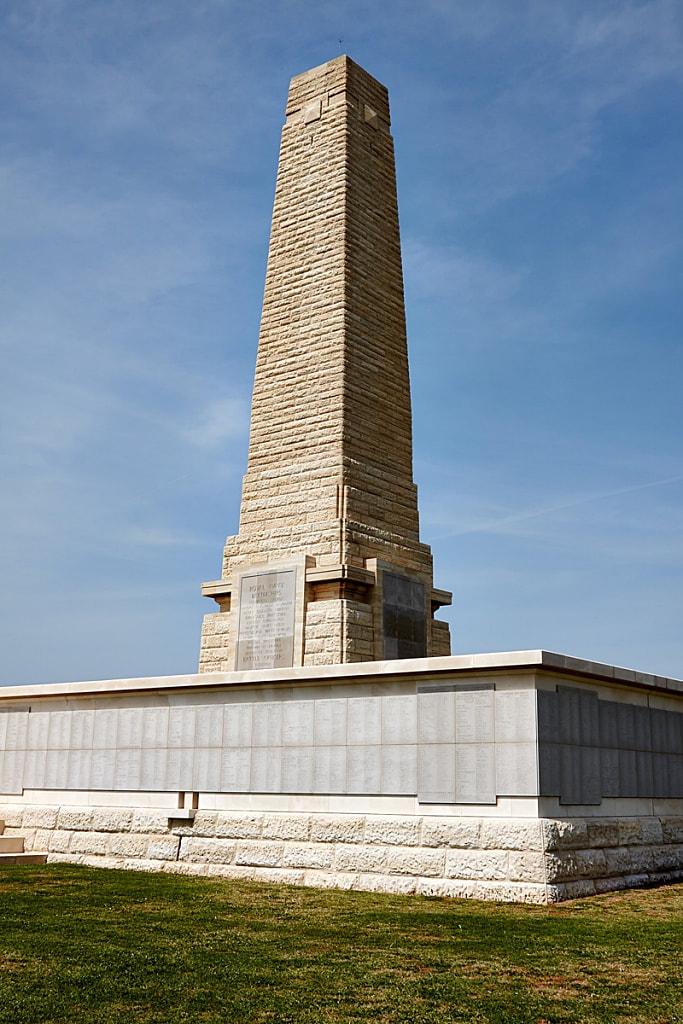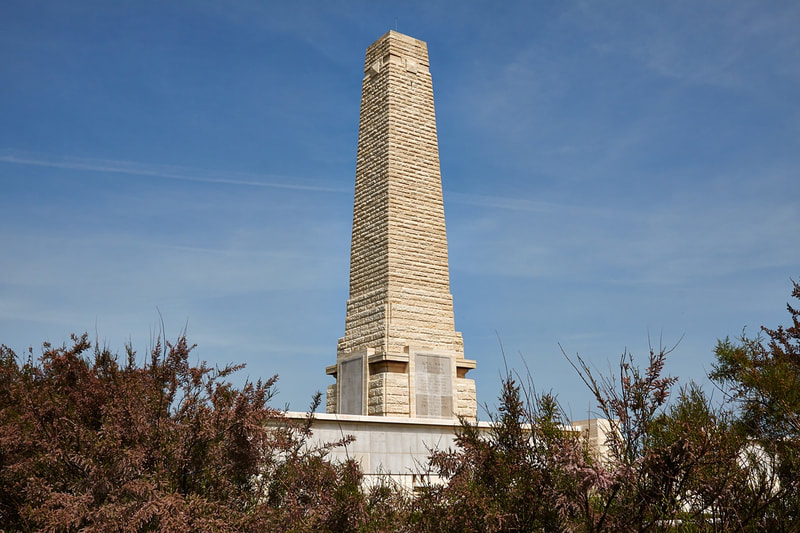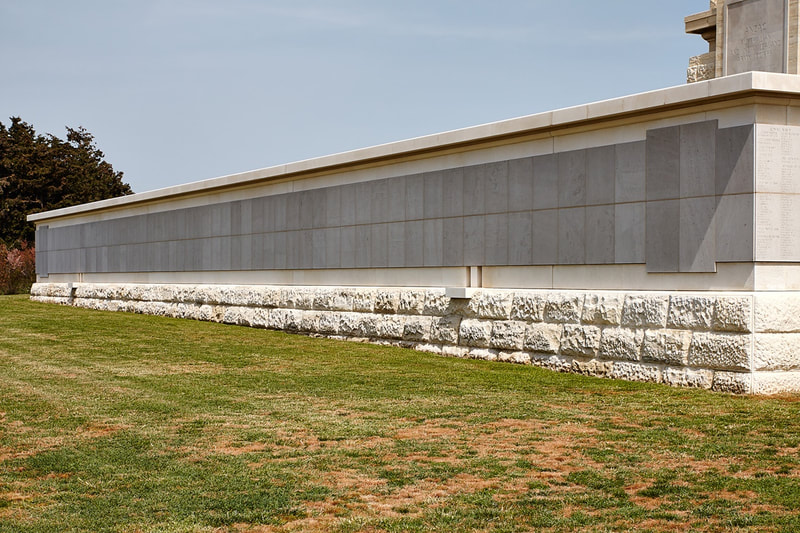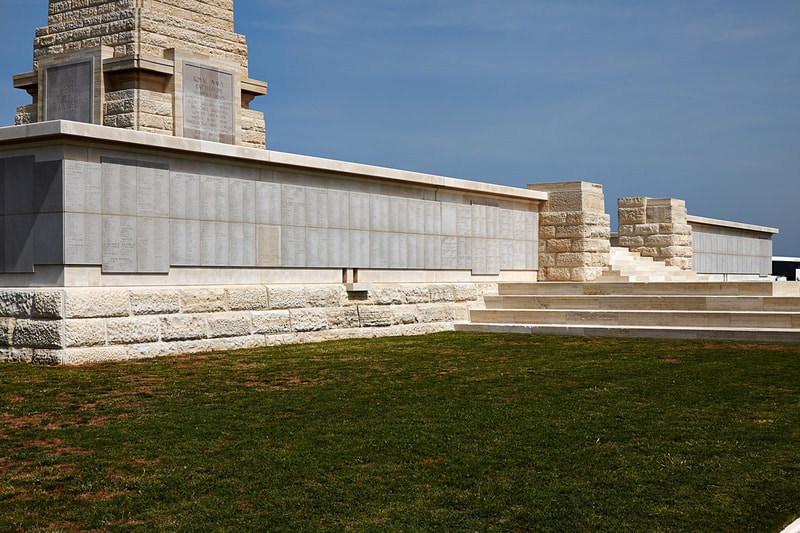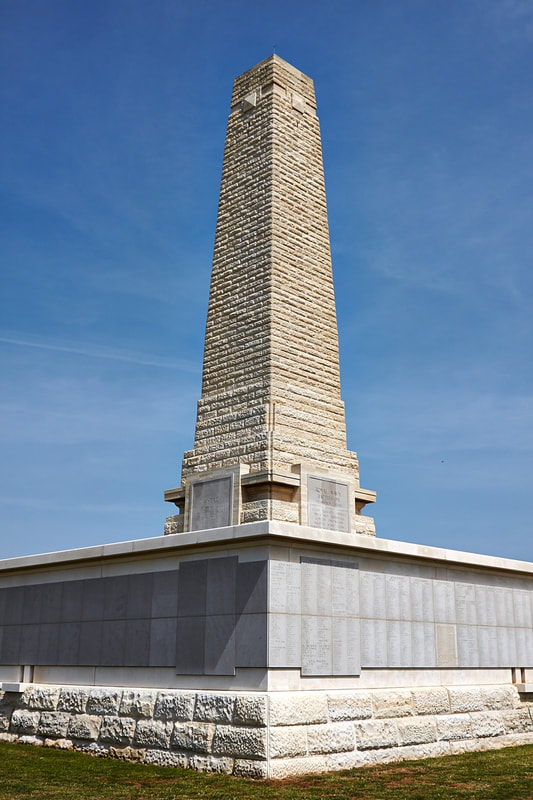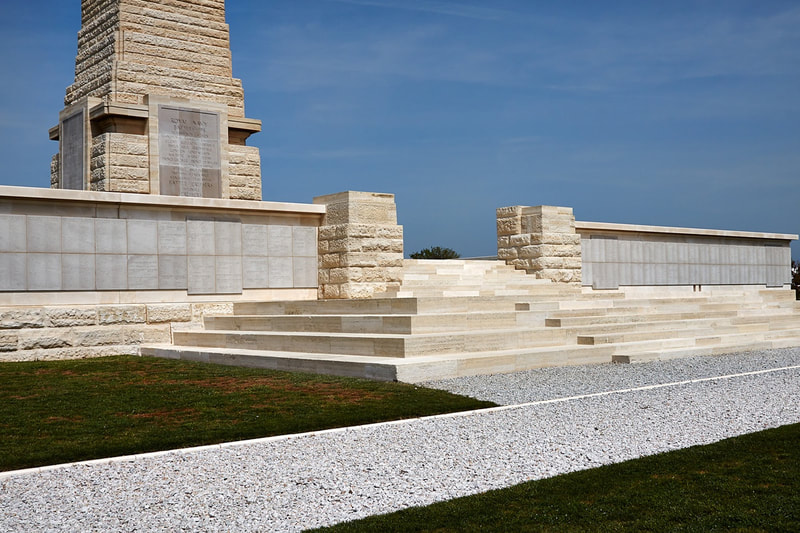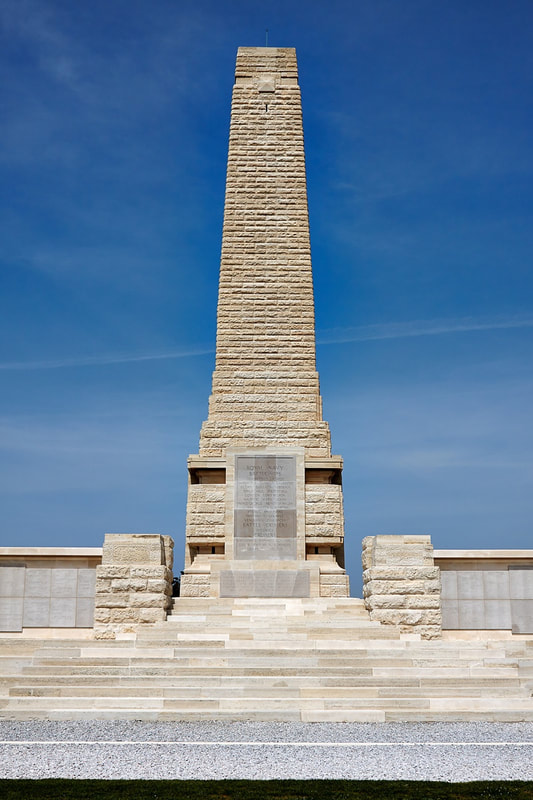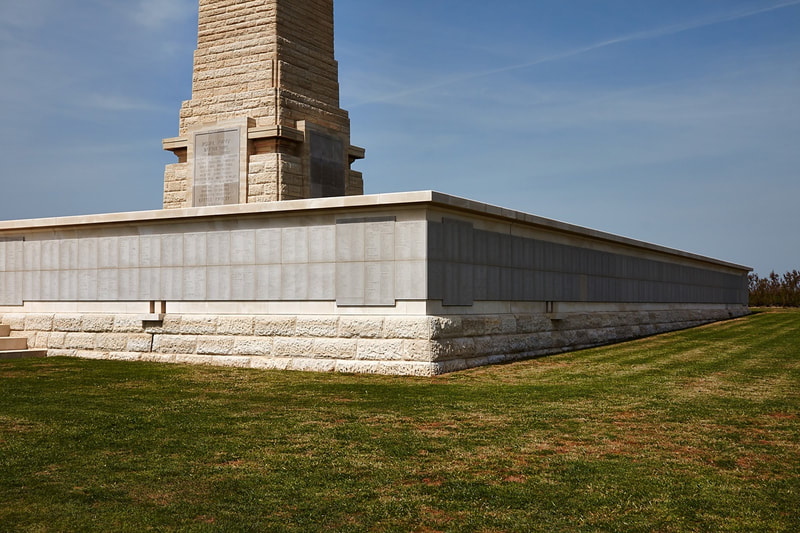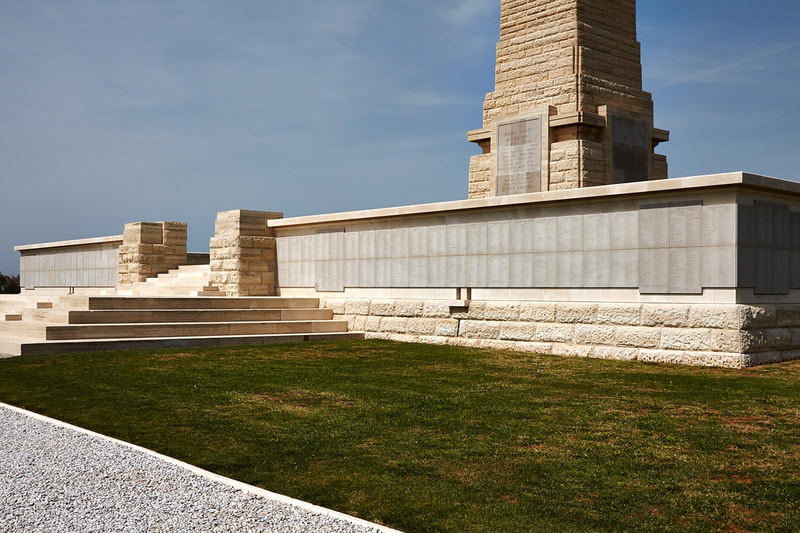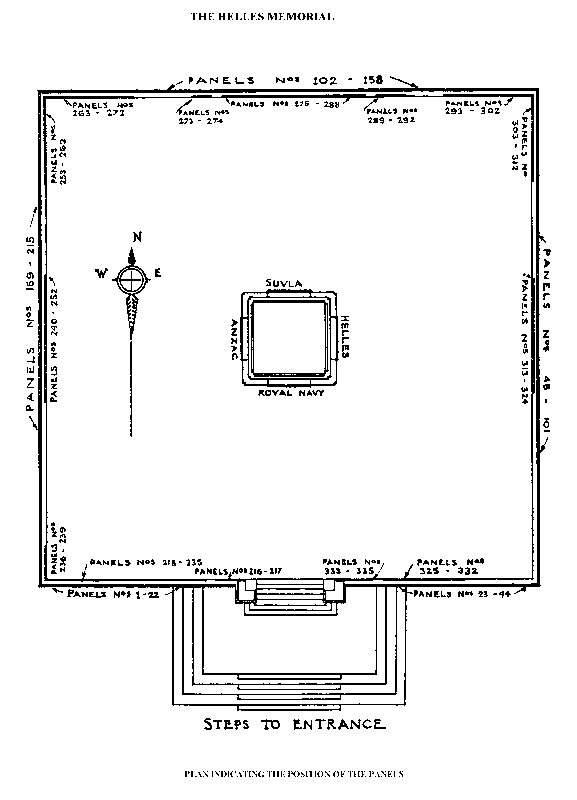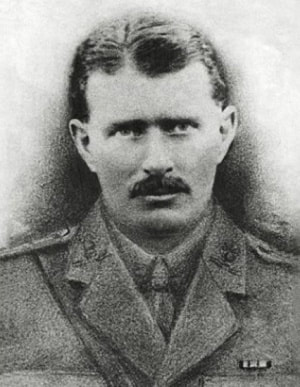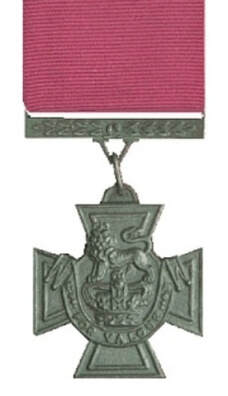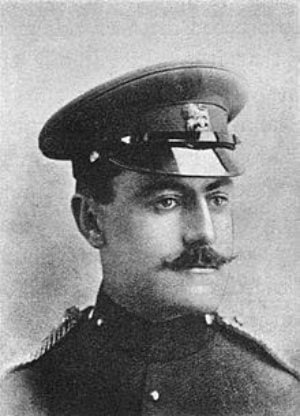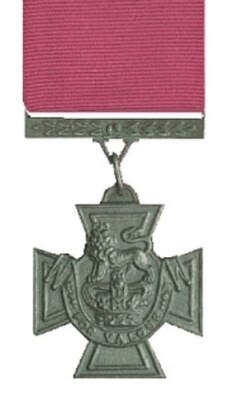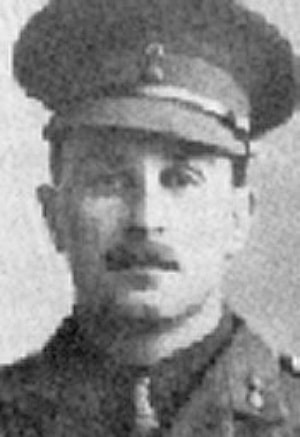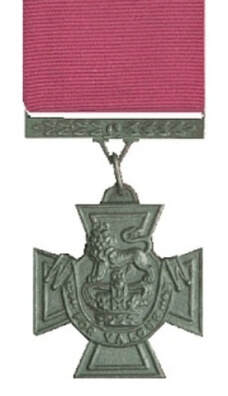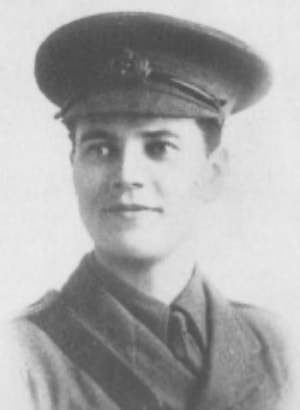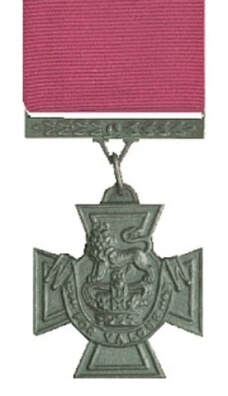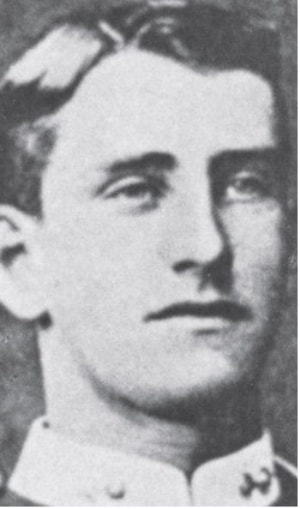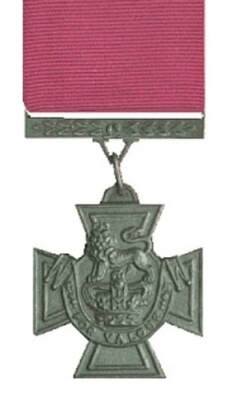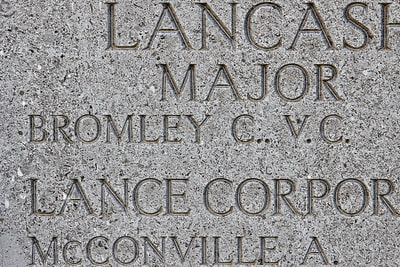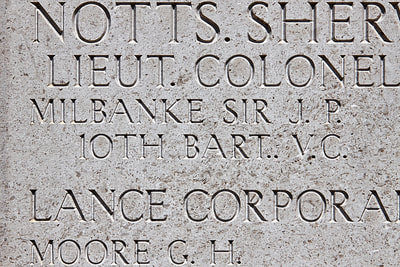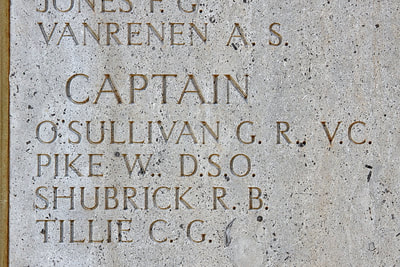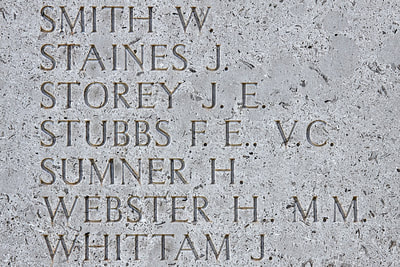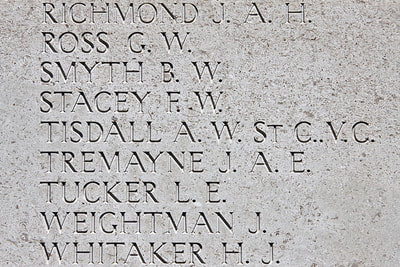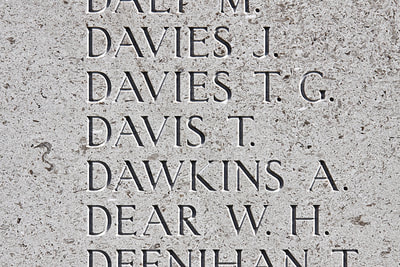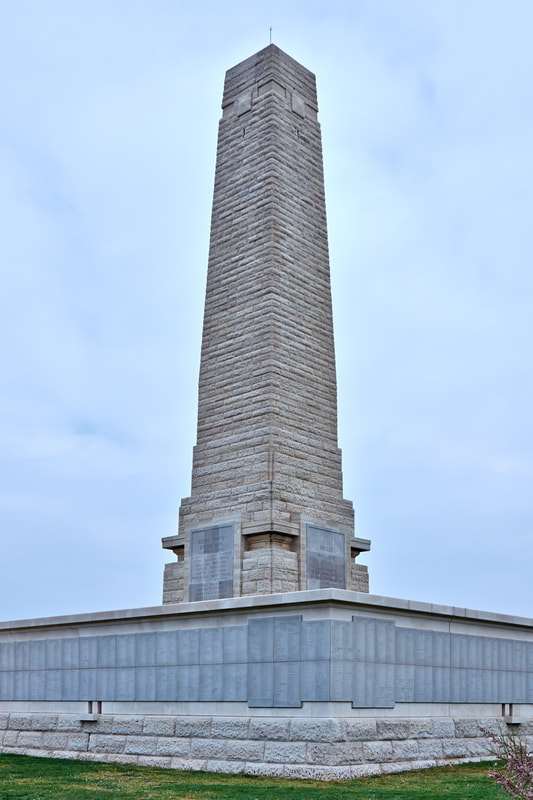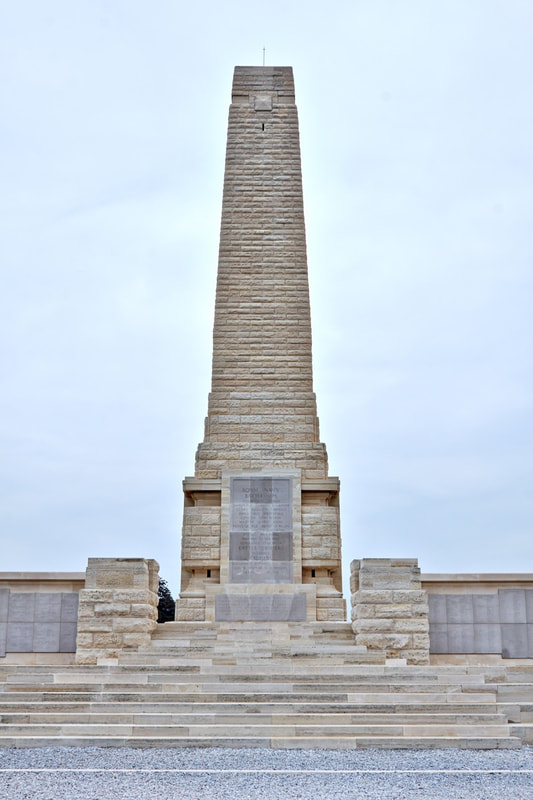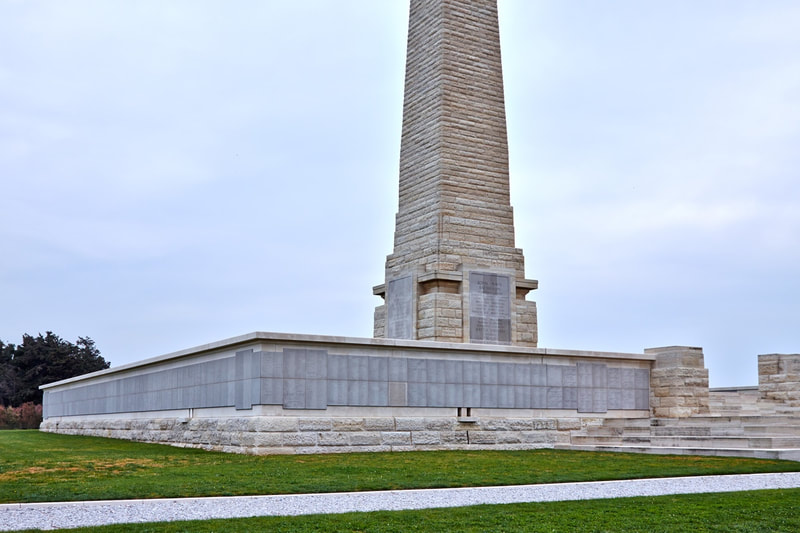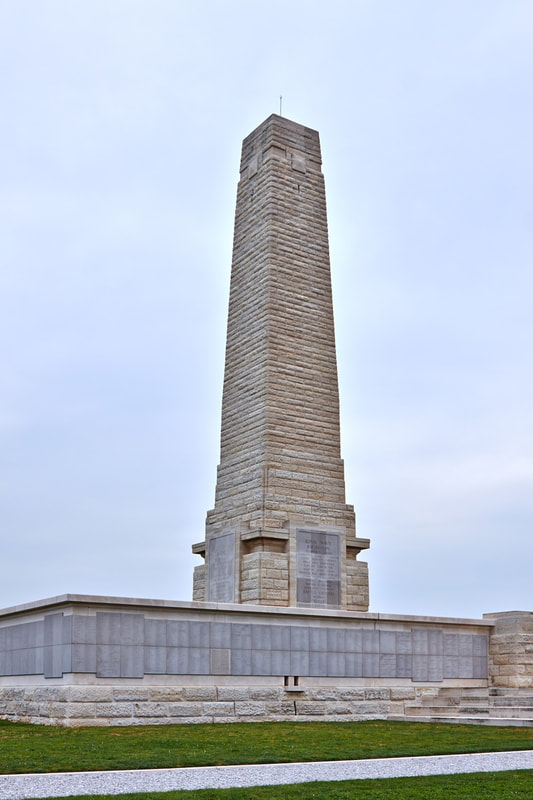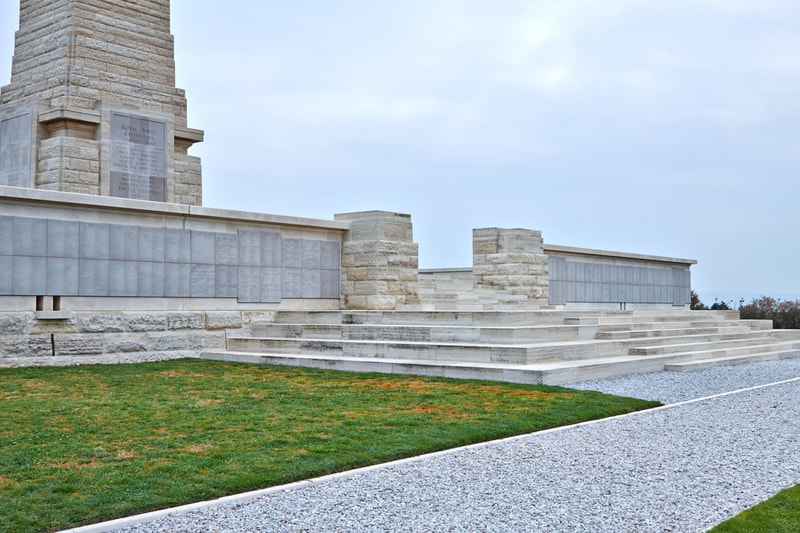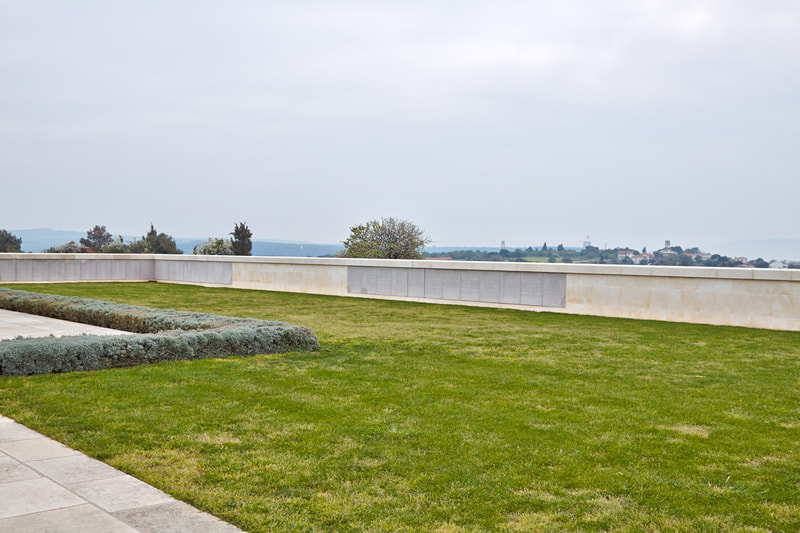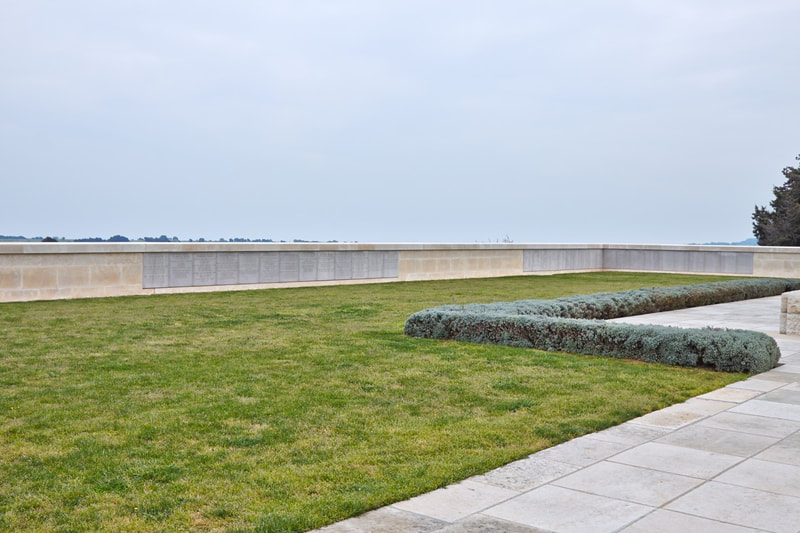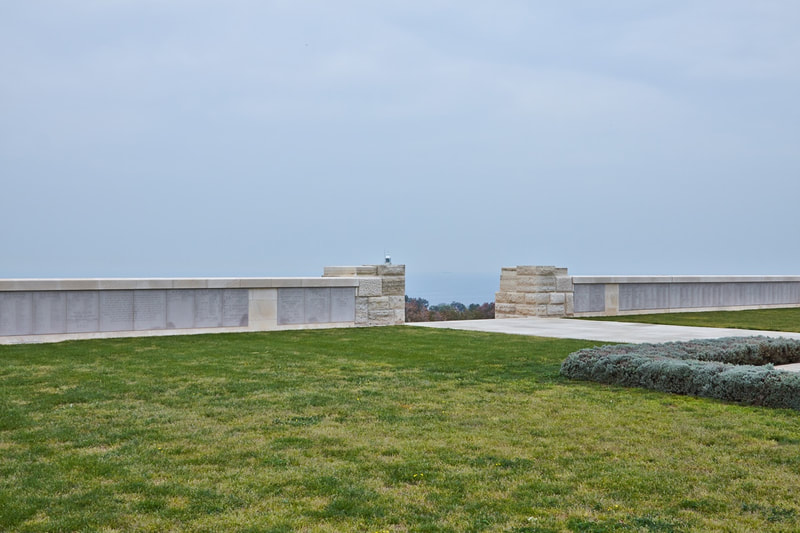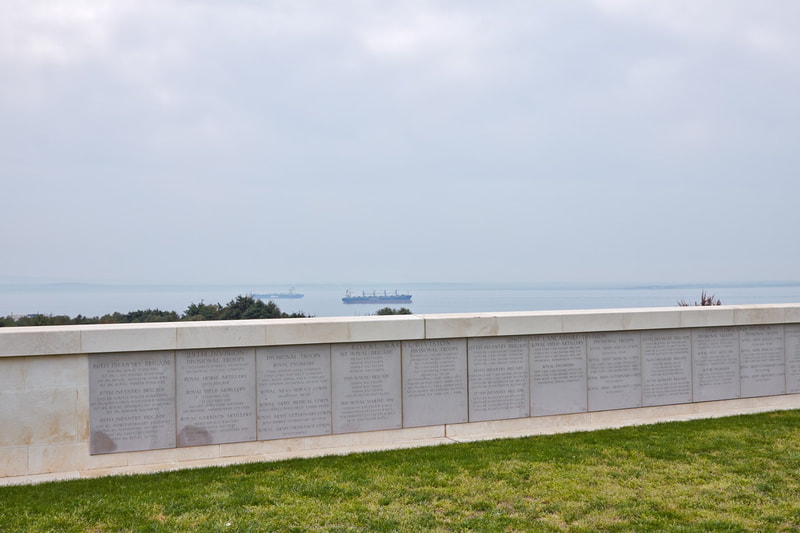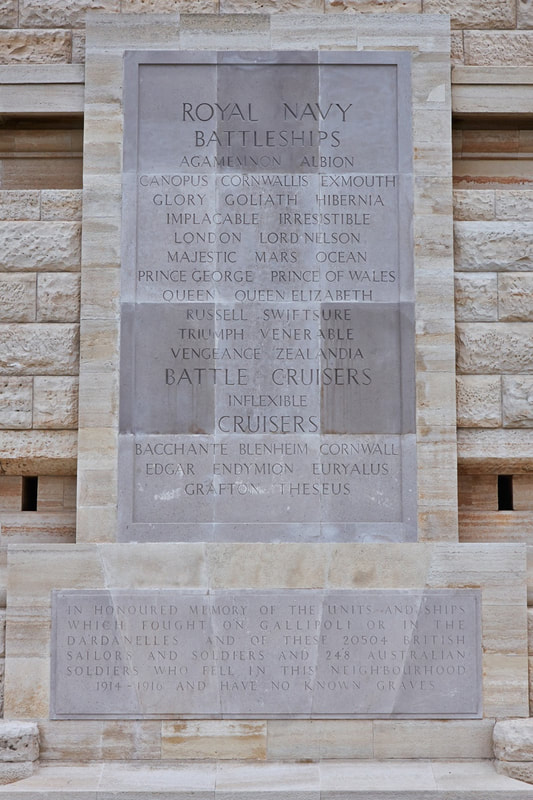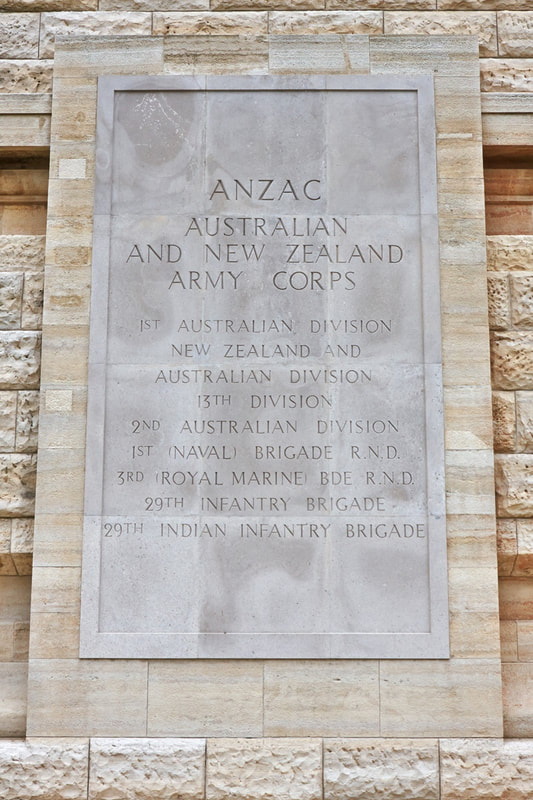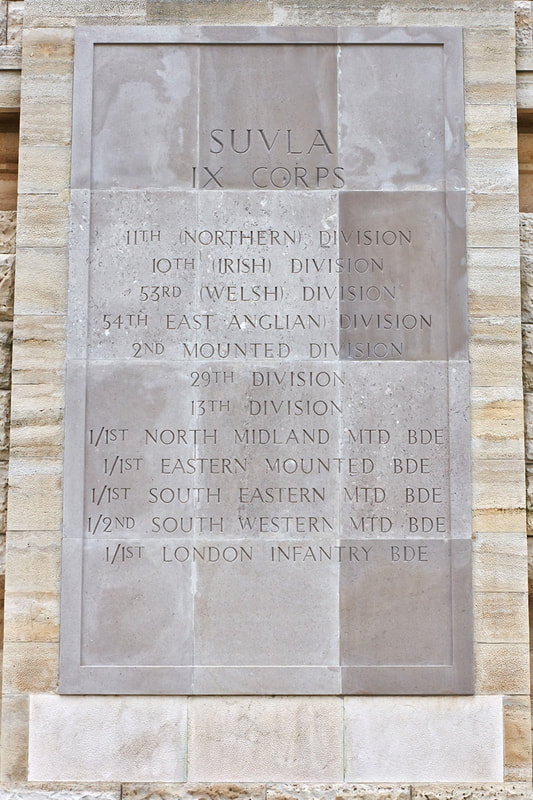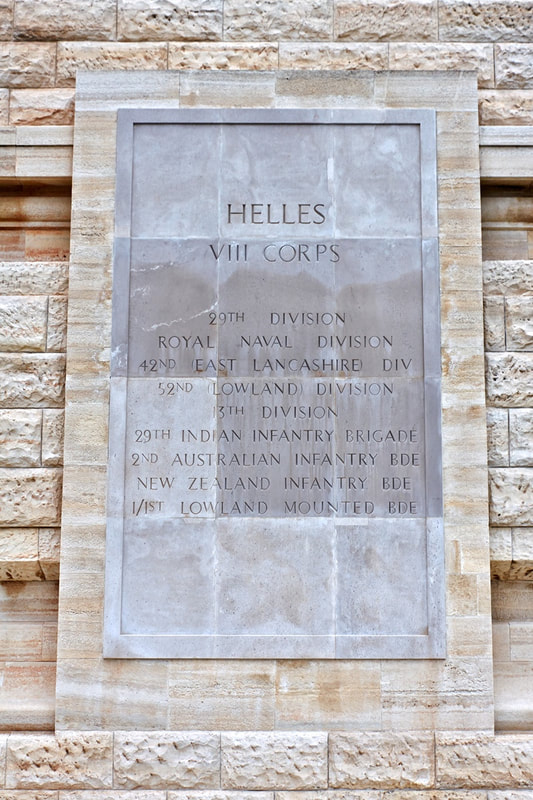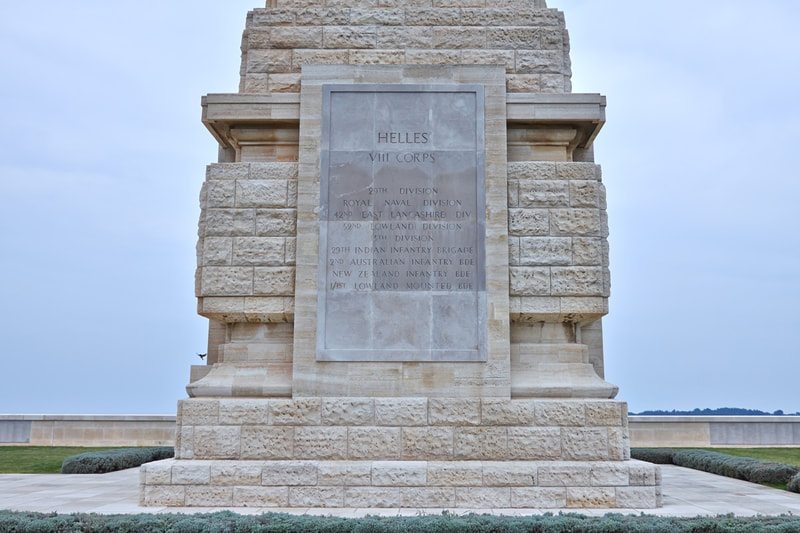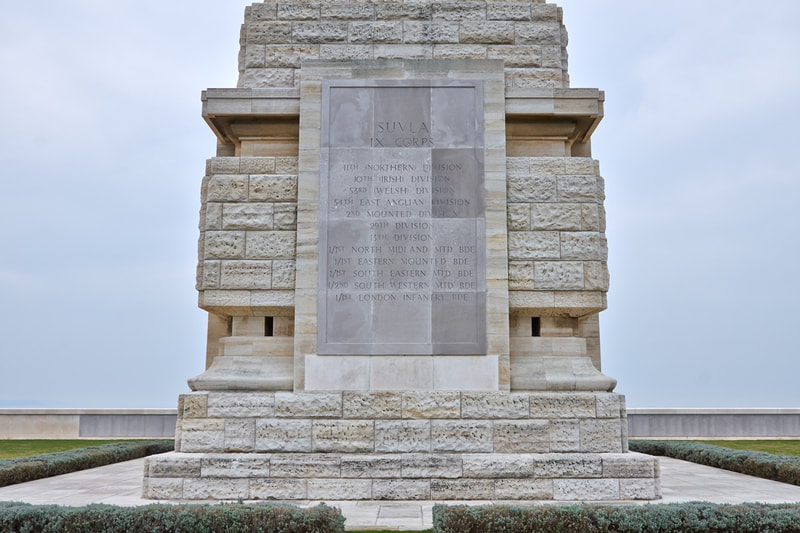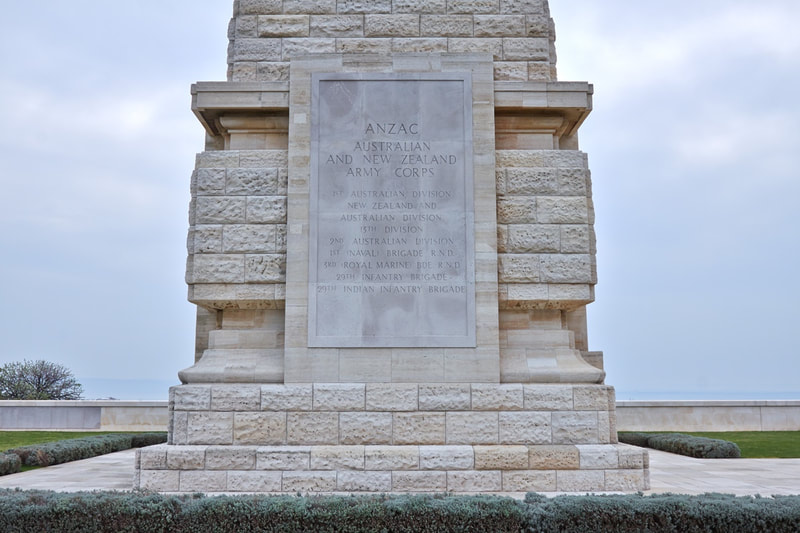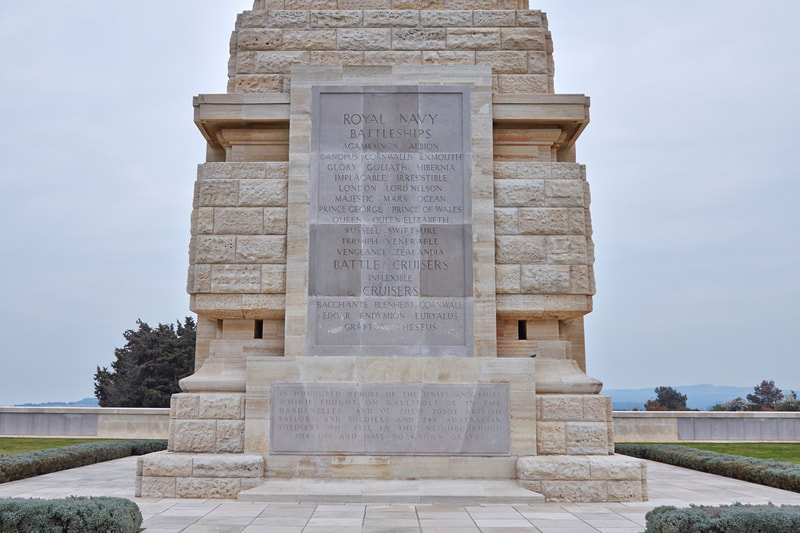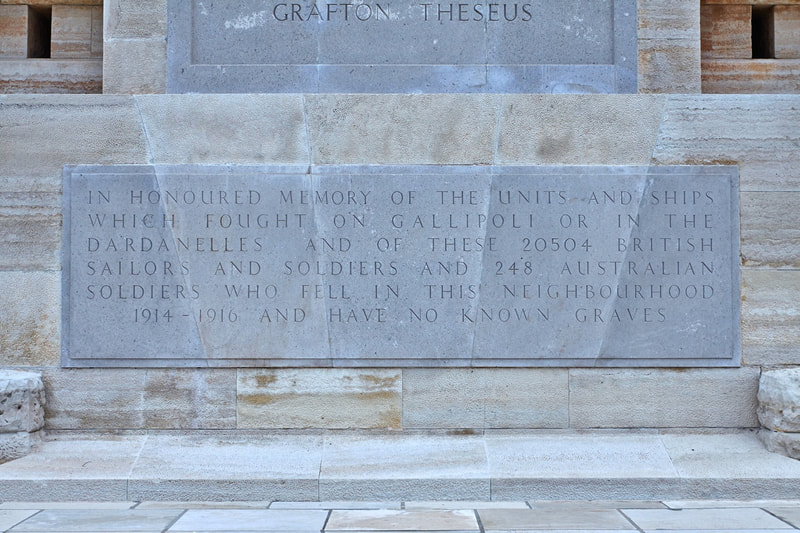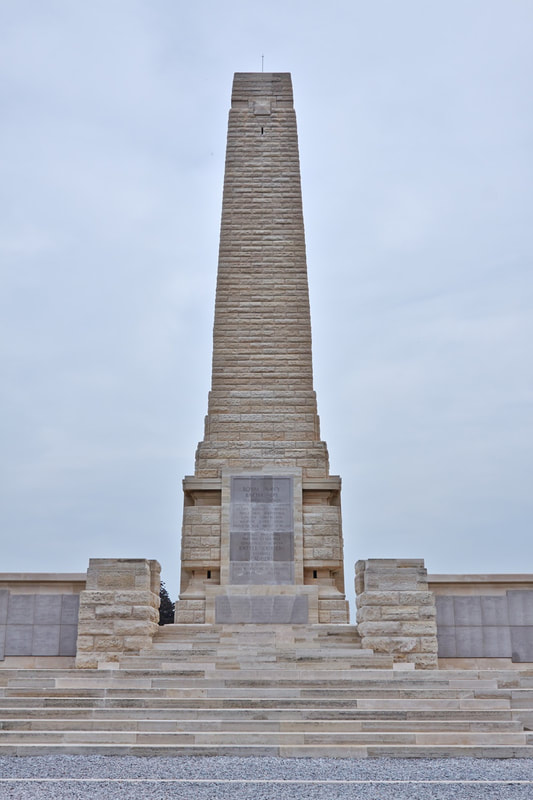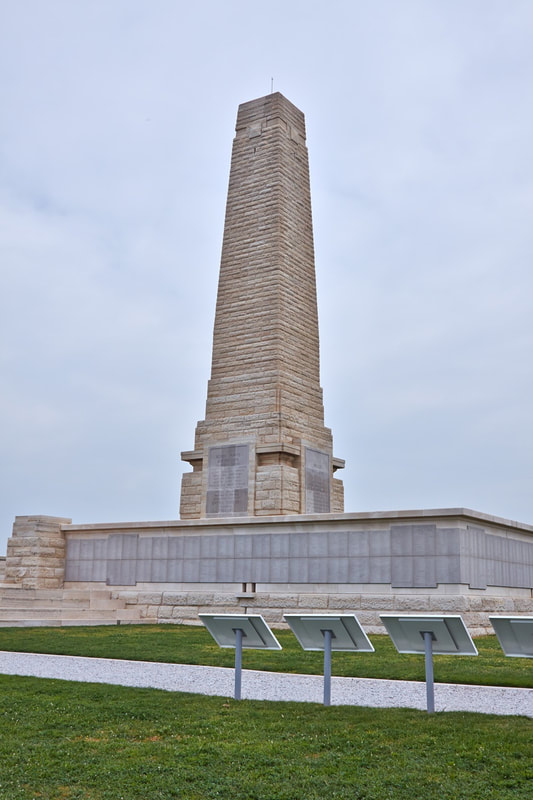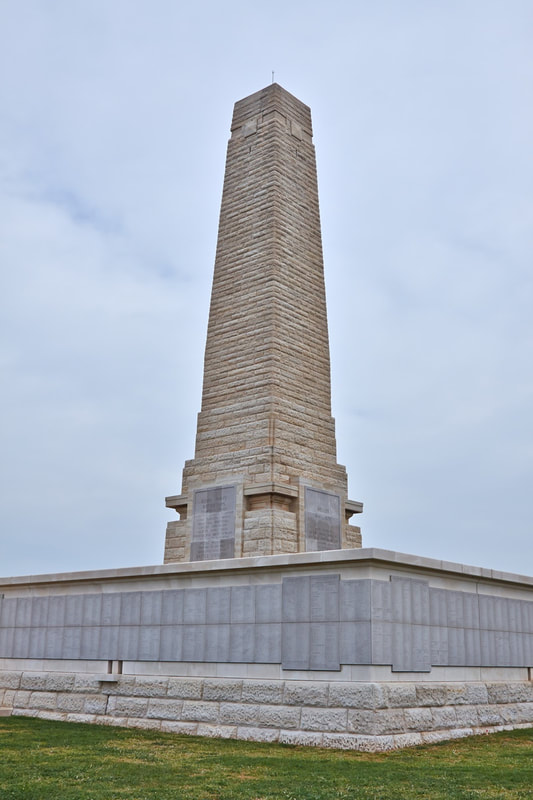HELLES MEMORIAL
Gallipoli
Turkey
GPS Coordinates Latitude: 40.04545 Longitude: 26.17927
Roll of Honour
Listed by Surname
Location Information
The Anzac and Suvla cemeteries are first signposted from the left hand junction of the Eceabat- Bigali Road. From this junction travel into the main Anzac area.
Follow the road to Helles, opposite the Kabatepe Museum, at 14.2 kms. take a right turn at the 'T' junction and at 14.3 kms. take the left fork. After a total of 22.8 kms, take a right turn to the memorial along a rough track 500m long.
The Helles Memorial stands on the tip of the Gallipoli Peninsula. It takes the form of an obelisk over 30 metres high that can be seen by ships passing through the Dardanelles.
Visiting Information
The site is permanently open and may be visited at any time.
Please note that in the absence of a cemetery register, visitors are advised to locate the Grave/Memorial reference before visiting. This information can be found in the CASUALTY RECORDS within this page.
The Panel Numbers quoted at the end of each entry relate to the panels dedicated to the Regiment served with. In some instances where a casualty is recorded as attached to another Regiment, his name may alternatively appear within their Regimental Panels. Please refer to the on-site Memorial Register Introduction to determine the alternative panel numbers if you do not find the name within the quoted Panels.
Historical Information
The eight month campaign in Gallipoli was fought by Commonwealth and French forces in an attempt to force Turkey out of the war, to relieve the deadlock of the Western Front in France and Belgium, and to open a supply route to Russia through the Dardanelles and the Black Sea.
The Allies landed on the peninsula on 25-26 April 1915; the 29th Division at Cape Helles in the south and the Australian and New Zealand Corps north of Gaba Tepe on the west coast, an area soon known as Anzac. On 6 August, further landings were made at Suvla, just north of Anzac, and the climax of the campaign came in early August when simultaneous assaults were launched on all three fronts. However, the difficult terrain and stiff Turkish resistance soon led to the stalemate of trench warfare. From the end of August, no further serious action was fought and the lines remained unchanged. The peninsula was successfully evacuated in December and early January 1916.
The Helles Memorial serves the dual function of Commonwealth battle memorial for the whole Gallipoli campaign and place of commemoration for many of those Commonwealth servicemen who died there and have no known grave.
The United Kingdom and Indian forces named on the memorial died in operations throughout the peninsula, the Australians at Helles. There are also panels for those who died or were buried at sea in Gallipoli waters.
There are four other Memorials to the Missing at Gallipoli. The Lone Pine, Hill 60, and Chunuk Bair Memorials commemorate Australian and New Zealanders at Anzac. The Twelve Tree Copse Memorial commemorates the New Zealanders at Helles. Naval casualties of the United Kingdom lost or buried at sea are recorded on their respective Memorials at Portsmouth, Plymouth and Chatham, in the United Kingdom.
Total commemorated: 20,907.
Commemorated: United Kingdom 19,152, India 1,506, Australia 249. Total 20,907
Memorial was designed by John James Burnet
Memorial Images in gallery below © Geerhard Joos
Major Cuthbert Bromley, V. C.
1st Bn. Lancashire Fusiliers
13th August 1915, aged 36.
Panel 58 to 73 or 218 to 219.
Son of the late Sir John Bromley, C.B., and of Lady Bromley, of Sutton Corner, Seaford, Sussex.
Citation:
An extract from "The London Gazette," No. 29985, dated 15th March, 1917, records the following:-"On the 25th April, 1915, headquarters and three companies of the 1st Battalion, Lancashire Fusiliers in effecting a landing on the Gallipoli Peninsula to the West of Cape Helles, were met by very deadly fire from hidden machine guns, which caused a great number of casualties. The survivors, however, rushed up to and cut the wire entanglements, notwithstanding the terrific fire from the enemy, and after overcoming supreme difficulties, the cliffs were gained and the position maintained. Amongst the many very gallant officers and men engaged in this most hazardous undertaking, Captain Bromley, Serjeant Stubbs, and Corporal Grimshaw have been selected by their comrades as having performed the most signal acts of bravery and devotion to duty.
Lieutenant Colonel Sir John Peniston Milbanke (Received V. C. during the Second Boer War 1900)
Nottinghamshire Yeomanry (Sherwood Rangers)
1st August 1915, aged 42.
Panel 17.
10th Bart. Son of the late Sir Peniston Milbanke, D.L., J.P. and Elizabeth Milbanke; husband of Leila Milbanke, of 19, Manchester Square, London. Served with the 10th Hussars in the South African War.
Citation:
An extract taken from the "London Gazette," dated 6th July, 1900, records the following:- "On the 5th January 1900, during a reconnaissance near Colesberg, (S. Africa), Sir John Milbanke, when retiring under fire with a small patrol of the 10th Hussars, notwithstanding the fact that he had just been severely wounded in the thigh, rode back to the assistance of one of the men whose pony was exhausted, and who was under fire from the Boers who had dismounted. Sir John Milbanke took the man up on his own horse under a most galling fire and brought him safely back to camp."
Captain Gerald Robert O'Sullivan, V. C.
1st Bn. Royal Inniskilling Fusiliers
21st August 1915, aged 26.
Panels 98 to 102.
Son of the late Lt. Col. G. O'Sullivan (Argyll and Sutherland Highlanders) and of Mrs. O'Sullivan.
Citation:
An extract from "The London Gazette, No. 29281, dated 1st Sept., 1915, records the following:-" For most conspicuous bravery during operations South-West of Krithia, on the Gallipoli Peninsula. On the night of the 1st/2nd July, 1915, when it was essential that a portion of a trench which had been lost should be regained, Captain O'Sullivan, although not belonging to the troops at this point, volunteered to lead a party of bomb throwers to effect the recapture. He advanced in the open under a very heavy fire, and, in order to throw his bombs with greater effect, got up on the parapet where he was completely exposed to the fire of the enemy occupying the trench. He was finally wounded, but not before his inspiring example had led on his party to make further efforts, which resulted in the recapture of the trench. On the night of 18th/19th June, 1915. Captain O'Sullivan saved a critical situation in the same locality by his great personal gallantry and good leading."
Sub-Lieutenant Arthur Walderne St. Clair Tisdall, V. C.
Anson Bn. R. N. Division Royal Naval Volunteer Reserve
6th May 1915, aged 24.
Panel Reference Panel 8 to 16.
Son of Rev. Dr. Tisdall, D.D. (Vicar of Deal), and his wife, Marian L. Tisdall, of St. George's Vicarage, Deal, Kent. Scholar of Trinity College, Cambridge; B.A. (Double First Class Classical Honours); Chancellor's Gold Medallist, Cambridge; First Class Clerk, Civil Service (Treasury).
Citation:
An extract from The London Gazette, No. 29530, dated 31st March, 1916, records the following:-"During the landing from the S.S. " River Clyde " at V Beach, in the Gallipoli Peninsula, on the 25th April, 1915, Sub. Lieut. Tisdall, hearing wounded men on the beach calling for assistance, jumped into the water, and, pushing a boat in front of him, went to their rescue. He was, however, obliged to obtain help, and took with him on two trips, Ldg. Smn. Malia; and on other trips, Ch. P.O. Perring and Ldg. Smn. Curtis and Parkinson. In all, Sub. Lieut. Tisdall made four or five trips between the ship and the shore, and was thus responsible for rescuing several wounded men under heavy and accurate fire. Owing to the fact that Sub. Lieut. Tisdall and the platoon under his orders were on detached service at the time, and that this officer was killed in action on the 6th May, it has only now been possible to obtain complete information as to the individuals who took part in this gallant act. Of these, Ldg. Smn. Fred Curtis, DEV/1899/C, has been missing since the 4th June, 1915." (Since confirmed "missing in action", commemorated on the Helles Memorial).
1506 Serjeant Frank Edward Stubbs, V. C.
1st Bn. Lancashire Fusiliers
25th April 1915.
Panel 59 to 73 or 218 to 219.
Native of Walworth, London.
Citation:
An extract from "The London Gazette," No. 29985, dated 15th March, 1917, records the following:-On the 25th April, 1915, headquarters and three companies of the 1st Battalion, Lancashire Fusiliers, in effecting a landing on the Gallipoli Peninsula to the West of Cape Helles, were met by very deadly fire from hidden machine guns, which caused a great number of casualties. The survivors, however, rushed up to and cut the wire entanglements, notwithstanding the terrific fire from the enemy, and after overcoming supreme difficulties, the cliffs were gained and the position maintained. Amongst the many very gallant officers and men engaged in this most hazardous undertaking, Captain Bromley, Serjeant Stubbs, and Corporal Grimshaw have been selected by their comrades as having performed the most signal acts of bravery and devotion to duty.
Shot at Dawn
1/9804 Private Thomas Davis, 1st Bn. Royal Munster Fusiliers, executed for quitting his post on 2nd July 1915, aged 21. Panels 186 to 192. Son of Mrs. Margaret Davis, of Turnpike Road, Ennis, Co. Clare.
On 20 June 1915, he absented himself from duty as a headquarters guard, being only seen again nearly 3 hours later. Unrepresented at trial, Davis spoke of sudden stomach cramps, & a need to use the latrine; of spending about 2 hours there, & having a further attack on leaving.
Following conviction, it appeared that in early May a death sentence (possibly for cowardice) had been imposed — which was however commuted to 10 years’ Penal Servitude; & that a few days after this, Davis had been given 28 days’ Field Punishment, No 1 for being absent from his picket. (Putkowski, p.57: Corns, pp.140-141)
1/9804 Private Thomas Davis, 1st Bn. Royal Munster Fusiliers, executed for quitting his post on 2nd July 1915, aged 21. Panels 186 to 192. Son of Mrs. Margaret Davis, of Turnpike Road, Ennis, Co. Clare.
On 20 June 1915, he absented himself from duty as a headquarters guard, being only seen again nearly 3 hours later. Unrepresented at trial, Davis spoke of sudden stomach cramps, & a need to use the latrine; of spending about 2 hours there, & having a further attack on leaving.
Following conviction, it appeared that in early May a death sentence (possibly for cowardice) had been imposed — which was however commuted to 10 years’ Penal Servitude; & that a few days after this, Davis had been given 28 days’ Field Punishment, No 1 for being absent from his picket. (Putkowski, p.57: Corns, pp.140-141)

